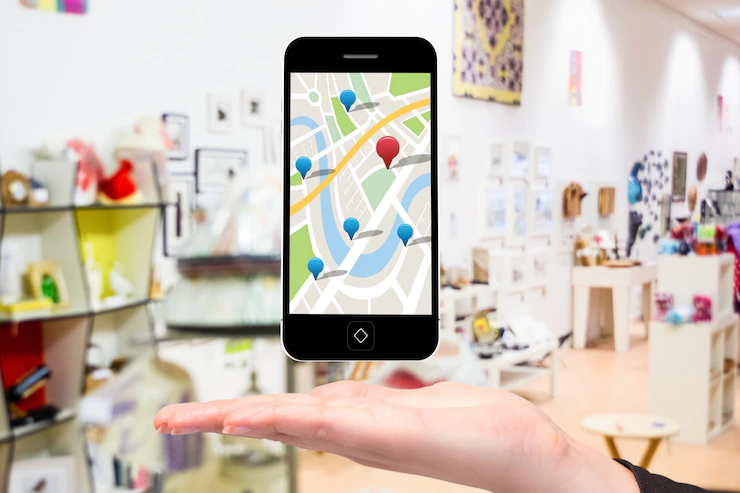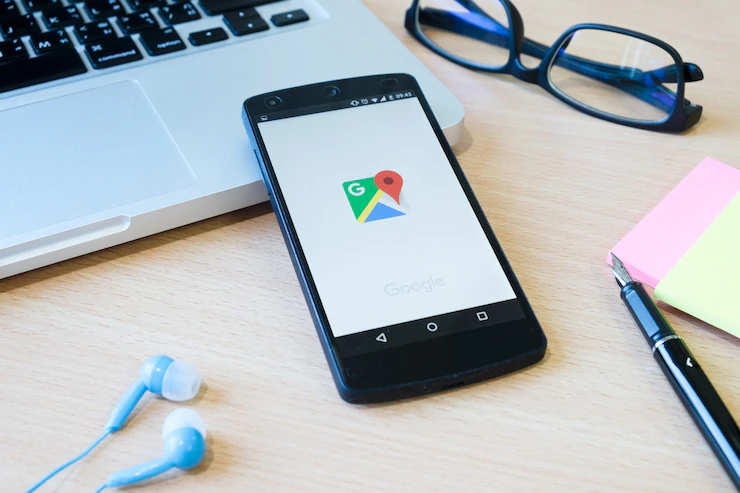Best Ways To Use Google My Business For Multiple Locations
by Arnab Dey Business Published on: 19 April 2022 Last Updated on: 26 September 2024

If you’re trying to market multiple locations, one of the best free tools to save you time and money is optimizing the Google My Business (GMB) profile.
The Google My Business profile directs customer engagement by listing local businesses within search results. The account also highlights the company on Google Maps.
This functionality can also assist small businesses with SEO efforts while maintaining easy revenue for multiple-locations companies or franchises.
When you’re trying to increase your local business revenue and save money on costly marketing efforts, consider implementing these tactics to improve Google My Business for multiple locations.
What is the Google My Business Profile?
Google My Business (GMB) is arguably the best way for multiple-location businesses to improve the visibility of their locations online.
GMB features your business in local search results for common inquiries while maintaining a prominent position on the results pages. Your business will appear under the paid ads and organic search results.
Registering your business with GMB also highlights your business on Google Maps, giving you a distinct advantage above other local results.
Third-party software like Maptive can increase the mapping functionality overall, allowing further customization for business owners.
Google suggests the rankings of local results pages based on prominence, relevance, and distance from the user. Local search engine optimization increases a business’s visibility in local results while improving those three factors.
Related Resource: Why Local SEO Is Crucial For Brick and Mortar Businesses
1. Always Fill Out All Details of Each Business
Google My Business profiles start with manually inputting as many details as possible for every location. Users can do this individually through a basic selection process.
Company owners develop their profiles, updating everything from the hours of operation to the ‘about the business’ section. Alternatively, users can implement Google’s bulk uploading system to incorporate all locations simultaneously.
2. Bulk Upload all Location Information
After you’ve created a Google Account, developing a location group will manage your locations. Users can begin entering all business information of the sites using the bulk uploading system.
To use this system, create a spreadsheet with all your locations. The more information entered into the spreadsheet, the better Google can match your business with relevant queries. Make sure that your GMB profiles maintain up-to-date business details, especially when trying to improve traffic.
3. Use Google Posts Frequently
Regularly using Google Posts will build your business’s prominence, improving your rankings in local results. Automation isn’t available for multiple locations, meaning a business owner will have to update every site independently. Copy and paste your message to each location or invest in third-party software.
Google posts hold four different types of updates, each with a specific purpose. These include products, offers, events, and a “What’s New” category. Every post connects you with clients or potential customers, increasing online visibility.
4. Navigate Multiple Location GMB Access
Owners can use GMB’s location group managing support to locate details on group ownership, posts, store locations, and more. You can also submit all locations under one central business email, simply sharing access across an organization.
5. Use Tools to Schedule GMB Posts
Many social media scheduling tools currently offer GMB posting services, using bulk uploads on multiple profiles, content calendars, etc.
These tools can save time individually posting on each profile. As Google doesn’t currently offer centralized access to all profiles, owners should look into an aftermarket product for assistance.
6. Always Upload High-Resolution Photos
Ensure that any photos uploaded to Google My Business profiles are in the proper format, size, and resolution. Google will provide photo categories, similar to post categories, allowing the user to customize the accessibility.
These include a logo and cover photo, product photos, interior, and exterior photos, and team photos. All images should be between 720 px wide and 720 px tall.
Google now allows commercial video on GMB profiles, connecting businesses with potential clients in a media-driven way. Google will enable videos up to 30 seconds in length and a minimum resolution of 720p.
7. Always Respond to Positive and Negative Reviews
Studies show that nearly 85% of consumers trust online reviews as much as personal recommendations. Being active, responding, and interacting with customers are positive factors for improving online visibility. Responding to all reviews sets the tone of your company.
Conclusion
Google My Business is a free service for business owners to diversify their marketing efforts without spending extra budget.
It improves online visibility, develops local SEO strategy, and builds your brand. The comprehensive functionality works for businesses of all sizes, whether a small start-up or franchise with hundreds of locations.
Read Also:






































































































